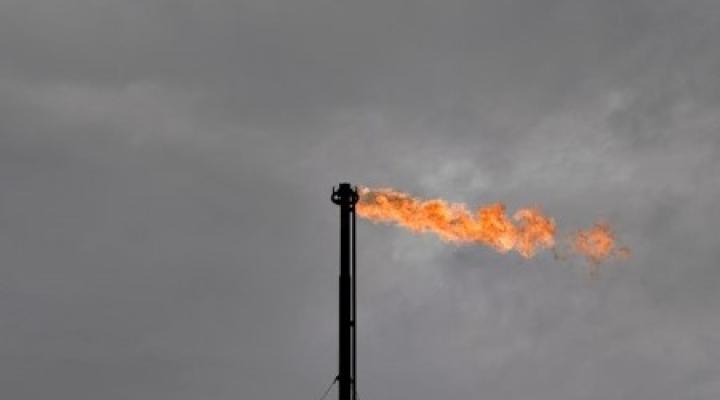U.S. natural gas futures dropped about 6% to a seven-month low on Friday, pressured by forecasts for mild weather, record output and low liquefied natural gas (LNG) exports that have allowed utilities to inject more gas into storage than usual ahead of winter.

Source: Reuters
That put gas futures on track to drop for the ninth straight week for the first time since hitting a record 11 declines in February 1991. Gas prices have plunged about 57% during the past nine weeks.
Major LNG outages include Berkshire Hathaway Energy’s shutdown on Oct. 1 of its 0.8 billion-cubic-feet-per-day (bcfd) Cove Point LNG export plant in Maryland for about three weeks of planned maintenance, and the shutdown of Freeport LNG’s 2.0-bcfd plant in Texas for unplanned work after an explosion on June 8. Freeport expects the facility to return to at least partial service in early to mid-November.
At least four vessels were heading to Freeport, according to Refinitiv data, including Prism Brilliance, currently located off the coast from the plant, Prism Diversity, expected to arrive Oct. 30, Prism Courage, expected to arrive Nov. 4, and Seapeak Methane, expected to arrive Nov. 22. Some traders expect Freeport will return to service in November while others believe the return will be delayed. Officials at Freeport said they remain on track to return the plant in November.
Analysts noted that even after Cove Point and Freeport return, U.S. LNG exports could remain slow to increase due to a lack of available LNG vessels because so many ships were currently waiting to get into European ports to drop off their cargoes.
The ships are waiting because European gas storage was almost full and energy firms need to figure out where to put all the extra gas that is coming to the continent.
Front-month gas futures fell 30.2 cents, or 5.6% to $5.056 per million British thermal units (mmBtu) at 8:22 a.m. EDT (1222 GMT), putting the contract on track for its lowest close since March 21.
That also put the front-month down for a sixth day in a row for the first time since February 2021 and kept it in technically oversold territory, with a relative strength index (RSI) below 30 for a fifth consecutive day for the first time since June 2022.
For the week, the contract was on track to drop about 22%, which would be its biggest weekly decline since falling 24% in December.
Despite weeks of losses, U.S. gas futures were still up about 36% so far this year as soaring global gas prices feed demand for U.S. exports due to supply disruptions and sanctions linked to Russia’s Feb. 24 invasion of Ukraine.
Gas was trading at $34 per mmBtu in Europe and $32 in Asia.
During the first nine months of 2022, roughly 60%, or 6.3 bcfd, of U.S. LNG exports went to Europe, as shippers diverted cargoes from Asia to fetch higher prices. Last year, just 29%, or about 2.8 bcfd, of U.S. LNG exports went to Europe.
Data provider Refinitiv said average gas output in the U.S. Lower 48 states rose to 99.5 bcfd so far in October, up from a monthly record of 99.4 bcfd in September.
Refinitiv projected average U.S. gas demand, including exports, would fall from 100.1 bcfd this week to 94.2 bcfd next week with the coming of milder weather, before rising to 96.9 bcfd in two weeks as the weather cools. The forecast for this week and next were lower than Refinitiv’s outlook on Thursday.
The average amount of gas flowing to U.S. LNG export plants fell to 11.1 bcfd so far in October from 11.5 bcfd in September and well below the monthly record of 12.9 bcfd in March. The seven big U.S. export plants can turn about 13.8 bcfd of gas into LNG.

